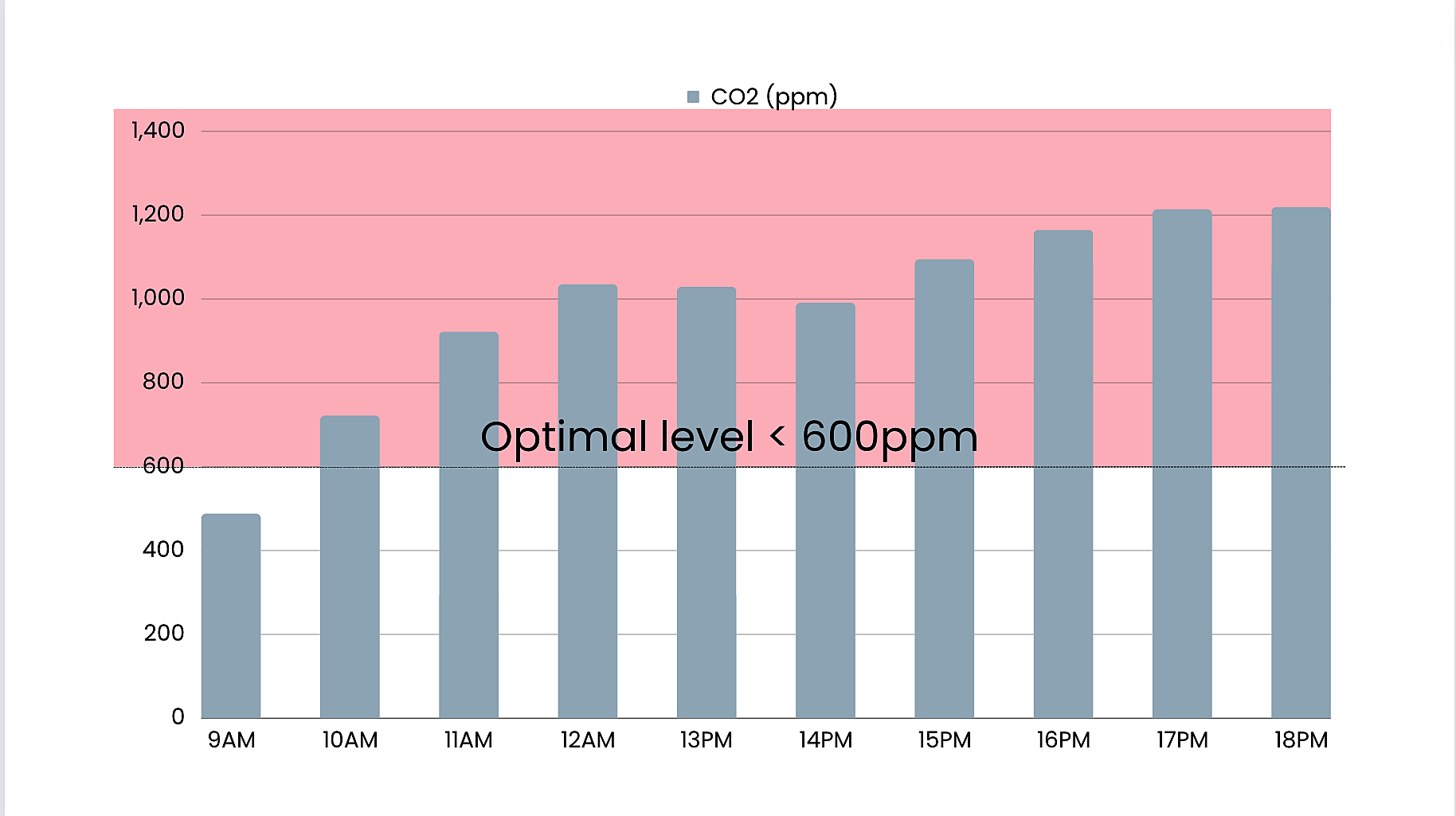The Year the World Got Serious About Air Quality
12 December 2023 • 3 min read
The year 2023 marked a turning point in the global conversation about air quality. After years of complacency, in the wake of Covid and with wildfires sweeping across parts of Canada, governments, businesses and individuals finally began to acknowledge the severe health risks posed by air pollution and take concrete steps to address it.
Awakening to the Threat
The growing awareness of air quality's impact on human health was a major driving force behind this shift. The World Health Organization estimates that nine out of ten people breathe air that exceeds safe pollution limits, with an estimated seven million premature deaths annually attributable to air pollution.
Governments take action
Governments around the world responded to the growing concern by implementing stricter air quality regulations and investing in clean air technologies. The European Union, for instance, introduced new rules to reduce emissions from vehicles and industries, while as part of its pledge to achieve carbon neutrality by 2060, China's State Council announced just last week that it will "strictly and reasonably" control total coal use and high emission projects. This is designed to cut PM2.5 by 10% in 2025 compared to 2020, and keep the number of days with severe pollution to less than 1%.
Businesses consider air quality as an asset
Businesses also began to recognize the economic and reputational benefits of cleaner air. Pollution can damage infrastructure, reduce productivity, and increase healthcare costs, all of which can negatively impact the bottom line. Companies are now increasingly seeing clean air initiatives as investments in their long-term sustainability and reputation.
The Road Ahead
To truly address air pollution, it will require a comprehensive approach that tackles the problem at its source, from reducing emissions from vehicles and industries to promoting sustainable urban development and supporting clean air technologies.
As we move forward, the year 2023 will stand as a pivotal moment in the fight against air pollution. It is now up to each of us to continue this momentum and ensure that clean air becomes a reality for all.
Combating CO₂: Why Healthy Air Levels Matter in the Workplace
In today's bustling office environments, where productivity and employee well-being are paramount, the quality of indoor air quality (IAQ) plays a crucial role. While we often focus on factors like temperature and humidity, CO₂ levels, a key indicator of IAQ, often receive less attention.
Alarming levels at a Grade A office

Working in a grade A office doesn't guarantee safe levels of CO₂, as data collected from our client premises show. Prolonged exposure to high CO₂ levels can cause fatigue, headaches, and drowsiness due to reduced oxygen supply to the brain, leading to sluggishness and discomfort.
Converting Air Quality from a Problem to an Asset
Fortunately, there are several effective strategies to manage CO₂ levels in the workplace and create a healthier, more conducive work environment.
By implementing a holistic IAQ system, businesses can reap significant benefits for staff, including improved cognitive function, reduced fatigue, and enhanced alertness.
This can in turn minimize healthcare expenses related to respiratory issues and other health problems associated with poor IAQ. Demonstrating a commitment to employee health and well-being can enhance a company's reputation as an employer that prioritizes the well-being of its workforce.
Healthy Indoor Air is a Key Player for Long-term success
Managing CO₂ levels in the workplace is not just an environmental concern; it's a crucial factor in promoting employee health, productivity, and overall well-being. By implementing effective CO₂ mitigation strategies, businesses can create healthier, more productive, and happier workplaces, fostering a thriving work environment that benefits both employees and the organization as a whole.
